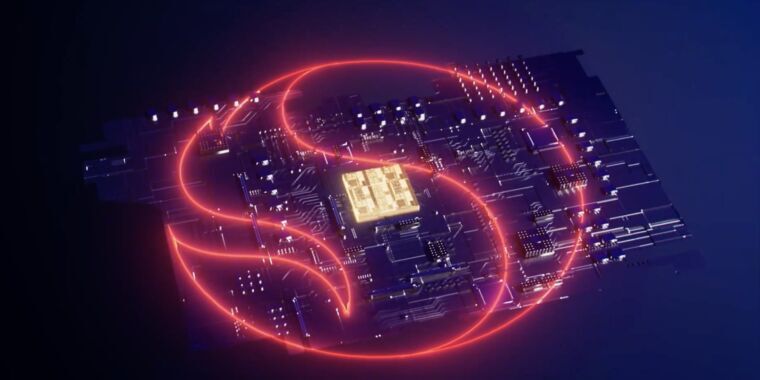I look forward to being able to buy/build an ARM-based Linux box with MacBook Pro-class performance.
Why do you want to use ARM in a desktop?
The main benefits of it are power-saving.
ARM can be really powerful, there are ARM servers out there.
More powerful than X86? Or are there other reasons to use it in a desktop?
At least as powerful for less energy, being energy efficient is also a good thing even in desktops.
I didn’t know ARM was as powerful as x86.
Both are instructions sets. They are part of the equation that gives a CPU its “power”, but it isn’t the only reason.
What gives ARM its power efficiency edge is its smaller instructions set, which translate to smaller die size to do the same work, which is also its Achilles heel as it means that some workload that uses those missing instructions need to be either translated by the hardware or the software, or it will just not work. Both have their own inconvenience (bigger die size and less energy efficiency or bigger overhead and slower execution.
But for workloads that do not use x86’s specificities, ARM is very competitive.
But for workloads that do not use x86’s specificities, ARM is very competitive.
Yeah, but would those workloads be more performant if they used CISC features?
A Surface with this and 15 hour battery life would be pretty epic.
5 grand starting price, bloated with windows11 but they are slick
The recent Snapdragon chips have been awesome, but that’s not Apple’s magic, it’s their x86 to ARM translation layer
It would be an instant buy for me, especially since it wouldn’t be as locked down and work better with Linux. I’ll deal with the software issues later, gimmie now!
Question is - is Qualcomm going to do the same bullshit as their mobile ARM processors with the drivers?
Where you need to wait for their proprietary Linux driver to upgrade your kernel?
Hopefully the open source Qualcomm drivers will support this chip. The SDM845 chip is pretty well supported on mainline kernel, using SDM845 with 6.5 kernel and postmarketOS to type this comment. The Freedreno driver is probably the best ARM GPU driver in Mesa.
I sure hope it will come with SystemReady or a similar standard for something UEFI-like instead of the custom per board image many ARM devices need currently.
This is the best summary I could come up with:
Qualcomm’s annual “Snapdragon Summit” is coming up later this month, and the company appears ready to share more about its long-planned next-generation Arm processor for PCs.
The company hasn’t shared many specifics yet, but yesterday we finally got a name: “Snapdragon X,” which is coming in 2024, and it may finally do for Arm-powered Windows PCs what Apple Silicon chips did for Macs a few years ago (though it’s coming a bit later than Qualcomm had initially hoped).
But those chips have never quite been fast enough to challenge Intel’s Core or AMD’s Ryzen CPUs in mainstream laptops.
Any performance deficit is especially noticeable because many people will run at least a few apps designed for the x86 version of Windows, code that needs to be translated on the fly for Arm processors.
Even if Qualcomm delivers an Arm chip that’s significantly faster and more power-efficient than its current offerings, there are still software hurdles to overcome.
In other words, they were negotiated based on Nuvia’s then-stated focus on server CPUs, rather than high-volume processors for consumer PCs.
The original article contains 619 words, the summary contains 178 words. Saved 71%. I’m a bot and I’m open source!
Whoever can make a compatibility layer that successfully translates x86/64 to arm and vice versa and make it widely available will be a major player in the market. Valve has already somewhat done something similar with proton and Apple with Rosetta 2.
Windows on ARM is a thing, it will run x86 binaries.











